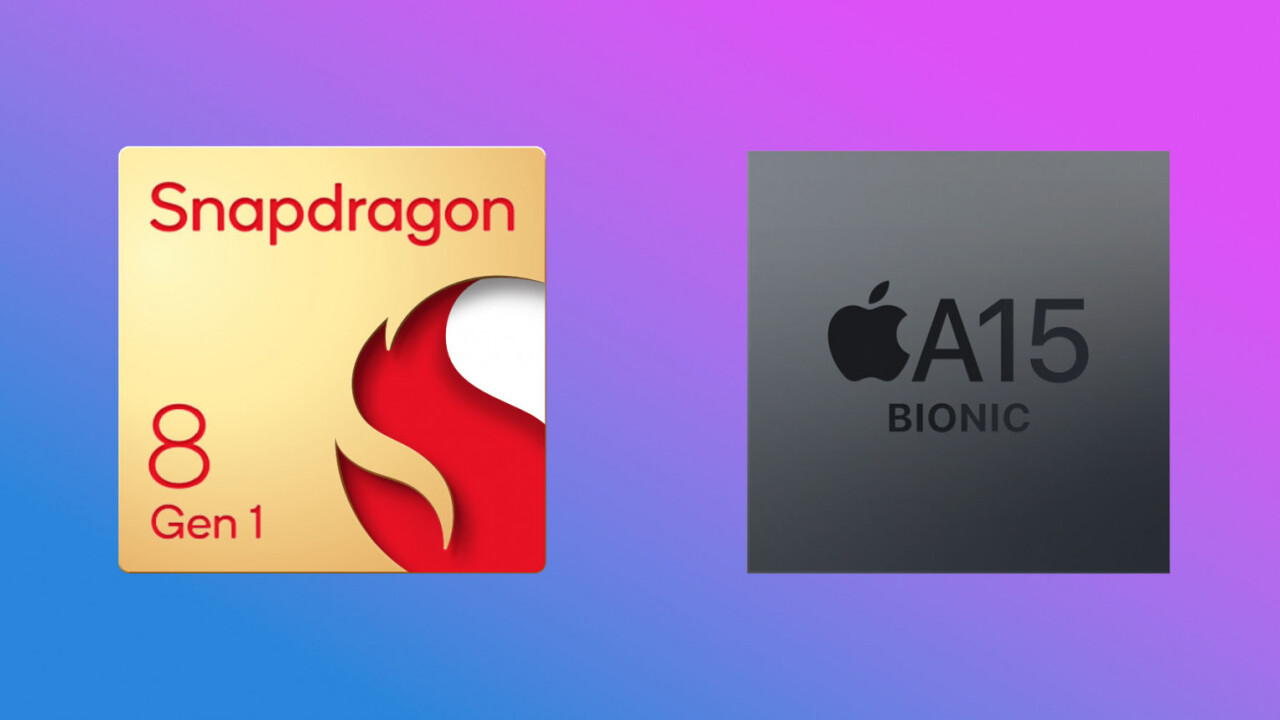
Another year, another Qualcomm flagship chip that’s sure to power the majority of Android phones in the coming year. This time around though, the company decided to do things a little differently, renaming its flagship processor with the ostensibly simpler Snapdragon 8 (Gen 1) moniker and talking up gains in the processor’s performance.
Alas, it still seems Qualcomm is trailing well behind Apple when it comes to raw CPU performance, at least according to a few early benchmarks. Still, the GPU results are encouraging and here’s reason to be optimistic about the future.
PCMag‘s benchmarks, which include Geekbench 5, PCMark Work 3.0, GFXBench 5, and Basemark Web, seem to show a roughly 15% improvement over the Snapdragon 888 overall in the CPU department, a bit short of the 20% claimed by Qualcomm. Notebookcheck‘s benchmarks show even smaller gains, in the realm of 6-11% over its predecessor.
But there’s good news on the GPU front, especially for applications using the Vulkan API. PCMag’s results show Qualcomm’s new Adreno 730 GPU outperforms the iPhone 13 Pro Max readily in GFXBench 5, scoring roughly 28% higher in off-screen benchmarks.
That’s not entirely representative of the iPhone’s ideal performance, as the iPhone 13 performs better in benchmarks that use Apple’s own Metal API (approximately 10 percent faster than the Snapdragon 8 Gen 1), but it’s a more encouraging display. Perhaps more important is the fact that Qualcomm has nearly doubled the GPU performance of the Snapdragon 888, which is sure to make serious mobile gamers happy.
It’s also worth noting these were early development devices; PCMag said the unit it tested was “buggy and un-optimized.” It’s entirely possible we could see better CPU performance in retail units, although it seems unlikely they’d end up catching up to the iPhone 13 and Apple’s A15 chip at this point. Nonetheless, the GPU updates were impressive.
These results aren’t terribly surprising. Despite the rebranding, we know Qualcomm is likely saving its biggest updates for 2023, when its new Nuvia processors will make their debut.
For those not in the know, the people behind Nuvia helped design Apple’s A-series chips in the iPhones, which would eventually be developed into the M1 chip. Qualcomm purchased Nuvia earlier this year, and Nuvia’s team is Qualcomm’s best bet for catching up to Apple.
It’s also important to keep some perspective in mind; for day-to-day performance the way most people use their phones, these benchmarks are unlikely to be all that meaningful. I’d argue we’re past the point of diminishing returns for processor performance in your typical smartphone. Still, faster performance bodes well for longevity, and for Qualcomm chasing higher numbers is more important in the PC realm, where there is still plenty of room for tangible improvement.
One thing’s clear though: with Google designing its own chips, Intel entering the GPU space, and Nvidia trying to buy ARM, the CPU and GPU market is only going to heat up in the years to come.
Get the TNW newsletter
Get the most important tech news in your inbox each week.




